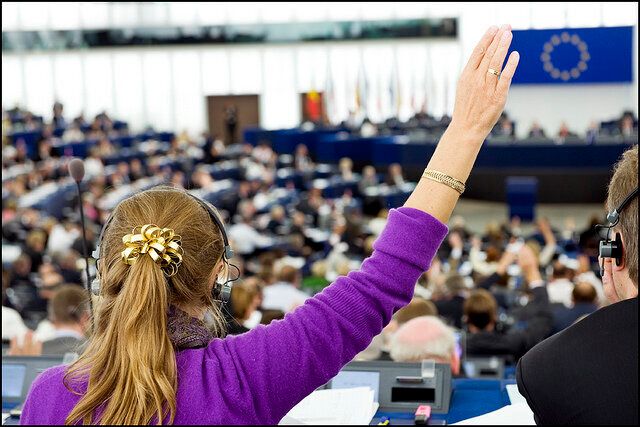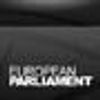The EU budget is often misunderstood, and perhaps even more often misrepresented. Here are 10 basic facts to bear in mind when you hear about it.
1) It's a small budget.
The EU budget (27 Member States, 500 million citizens) was around €127 billion in 2011, which is very small compared to the sum of national budgets of all 27 EU Member States, which amount to more than €6,300 billion.
In other words, total government expenditure by the 27 Member States is almost 50 times greater than the EU budget.
The whole EU budget is smaller than that of a medium-sized Member State such as Austria or Belgium.
2) Equal 1% of EU GDP
The EU budget represents around 1% of EU Gross Domestic Product, whereas Member States' budgets account for 44% of national GDP on average.
3) A "no deficit" budget
The EU budget is always in balance, which means no single euro is spent on debt. The EU is not allowed to run a deficit. It does not finance its expenditure by borrowing.

4) An investment budget
The EU budget is mainly an investment budget. 94% of what is paid into the EU budget is invested in Member States, on policies and programmes that benefit citizens.
It finances long term-investments that would not have been financed at national level (such as transnational infrastructure or research).
5) Administrative costs account for 6%
Many people wrongly believe that most of the EU budget is spent on administration.
In reality, administrative costs are only a very small part of the overall budget. They have been stable in recent years and serious efforts are made to keep them low.
In 2010 the EU's administrative expenses were about €7.9 billion, which is around 6% of the total EU budget. The European Parliament's slice of this is 20%, or 1.2% of the total EU budget.
6) Growing far slower than national budgets
Over the decade between 2000 and 2010, national budgets in the EU grew by 62%, while the EU's own budget grew by 37%.
Yet over the same period, the EU welcomed twelve new Member States, growing from 15 to 27 countries.
7) National budgets set to go on growing
In 2012, 24 national budgets out of 27 are set to increase, say latest forecasts.
8) The EU budget is on track
The EU budget contains two kinds of appropriations: commitments and payments.
Commitments are allocations of money for specific purposes.
Payments are the actual disbursements made on the basis of those commitments as they fall due.
So the amount of payments included in the annual budget depends on commitments made previously, sometimes several years before (in cases of, say, long-term infrastructure projects). Commitments are therefore spending decisions, payments are the bookkeeping.
The Commission calculates precisely which tranches of which contract have to be paid in any given year.
Generally, in the middle and towards the end of the EU's long term budget, the seven-year "multi-annual financial framework" (MFF), payments rise as the programmes are running at full implementing speed.
So the fact that the Commission expects the 2012 budget for payments to rise by 4.9% is a sign that the investments are on track, and the bills are coming in for work done.
9) Parliament's budget increase is below inflation
The Budgets Committee voted for a European Parliament budget of €1.710 billion.
This means an increase of 1.44% as compared to the 2011 budget.
This increase includes the costs for welcoming 18 new MEPs to Parliament as a result of the Treaty; the so-called "Lisbon" posts (€10,605,078).
Without these costs, the increase would be only 0.8%.
10) Parliament's budget savings
To achieve this small increase, several savings are proposed (as compared to the draft budget presented by the Commission), with the main savings coming in the form of cuts to travel costs and reductions in translation and interpreting costs.
*****
We have published a multimedia presentation giving an overview of the EU expenditure. All figures are there and allow you to see what the EU spends in your country and where the money comes from.
